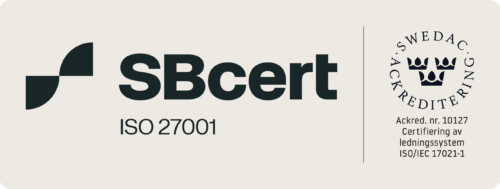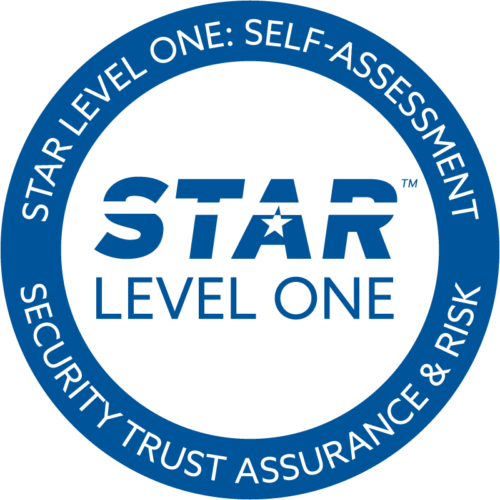
Marketing’s a cruel mistress. It doesn’t wait around for anyone, so as marketers, we have no choice but to keep up, lest we get left in the dust. Unfortunately, that’s easier said than done.
It’s one thing to keep up with all the latest and greatest marketing techniques, but add to that the estimated 5000 – 8000 martech tools available on the market, and you’re facing quite the information overload. As Scott Brinker of Hubspot and ChiefMartec fame said in our webinar on Building the Ultimate Martech Stack in 2022:
“For marketers right now, this is both the best of times and the worst of times.”
The good news is, you don’t have to use or even know all of them. The bad news is that if you want to build a new martech stack for your organization or update an existing one, you’ll have to have some idea of MOST of them. But don’t fret. In this article, you’ll learn everything you need to know about martech stacks in general, how to prepare yourself and your organization for building one, and at the end, get a special cheat sheet for stacking your martech stack.
But first thing’s first.
What’s a martech stack?
Now, you may not know this, but in all likelihood, you already own and use what’s colloquially known as a martech stack. “Martech” or a marketing technology stack is the umbrella term for all the tools and software you use across the many aspects of your marketing – be it planning, budgeting, publishing, etc.
The core idea behind an effective martech stack is that the various tools you and your colleagues use should not be mutually exclusive. Instead, all the tech used should synergize to a certain extent to ensure efficient collaboration and prevent the creation of unnecessary silos. But above all, your martech stack should be unique to your company, as it needs to meet your specific needs and wants.
How do you build a martech stack?
Building a martech stack is no easy task, so you should set realistic expectations before anything else. Rome wasn’t built in a day, and your martech stack won’t be either. Once you accept that and face the fact that doing this right may take you a while, you’re ready for the first step.
Here is an example: One popular KPI is the number of likes for a social media post. But in themselves, likes don’t mean anything – unless they are placed in relation to the post’s aim.
Step 1) Audit your activities and identify your needs
As we mentioned before, your marketing stack should reflect your company’s specific needs and wants. So, to build an efficient one, you’ll need to have a good idea of the activities the marketing team engages in daily.
The 7 core areas you should focus on are planning, budgeting, content management, product information management, publishing, analysis, and result interpretation. That’s a lot to take in.
Luckily, we’ve covered all of these in-depth in our 7 Focuses of Modern Marketing e-book, which you can click here to download this free helpful guide.
Assess which tools you’re using for these activities and ask yourself the following questions:
- Do these tools meet our company’s needs?
- Are they efficient and easy to work with?
- Do they work well within the scope of our other tools?
Depending on your conclusions, you’ll be able to identify the areas of your workflow which suffer from the most pressing issues and require the most attention. Knowing that you’ll be ready to start your next step – research.

Step 2) Research
By far the most time-consuming part of the preparation process, research will see you (and ideally your colleagues) searching for new potential tools to add to your arsenal. Once you identify the ones that show promise, it’s time to vet your candidates. Be prepared that your life will consist mainly of Google and product demos for the duration of this preparation part.
Some of the questions you should keep in mind for this step are:
- How closely does this tool align with my company’s needs?
- Does it work well with my pre-existing stack?
- How financially viable is it?
Step 3) Compile your end-to-end martech stack
Finally, the end is nigh. At this point, you’ve hopefully been released from Google’s tight grip and can get to the most pleasant of activities – buying things with someone else’s money. However, before you step to that, we implore you to think about your choices carefully.
Reassess once more whether or not your chosen tools work within the scope of your entire martech stack, not just on their own. To quote Scott Brinker once again, “It’s all the activities that happen inside marketing that connect the dots and make things happen.”
Chances are that despite your best efforts, you’ll find some inadequacies in the relationships between the many products in your stack. Thankfully, even if that is the case, you’ll be relieved to hear that you don’t have to sacrifice any more of your lifespan or hair follicles to this daunting project.
How’s that possible? Well, that’s easy. Anything is possible when you put your MarMind to it!
Although Marmind could be described as an MRM (Marketing Resource Management) tool, we prefer to think of it as the glue that holds your entire end-to-end marketing stack together. Within a single, easy-to-navigate tool, you’ll find everything you need to run and evaluate your marketing campaigns effectively. But instead of hearing about it, see for yourself!!














